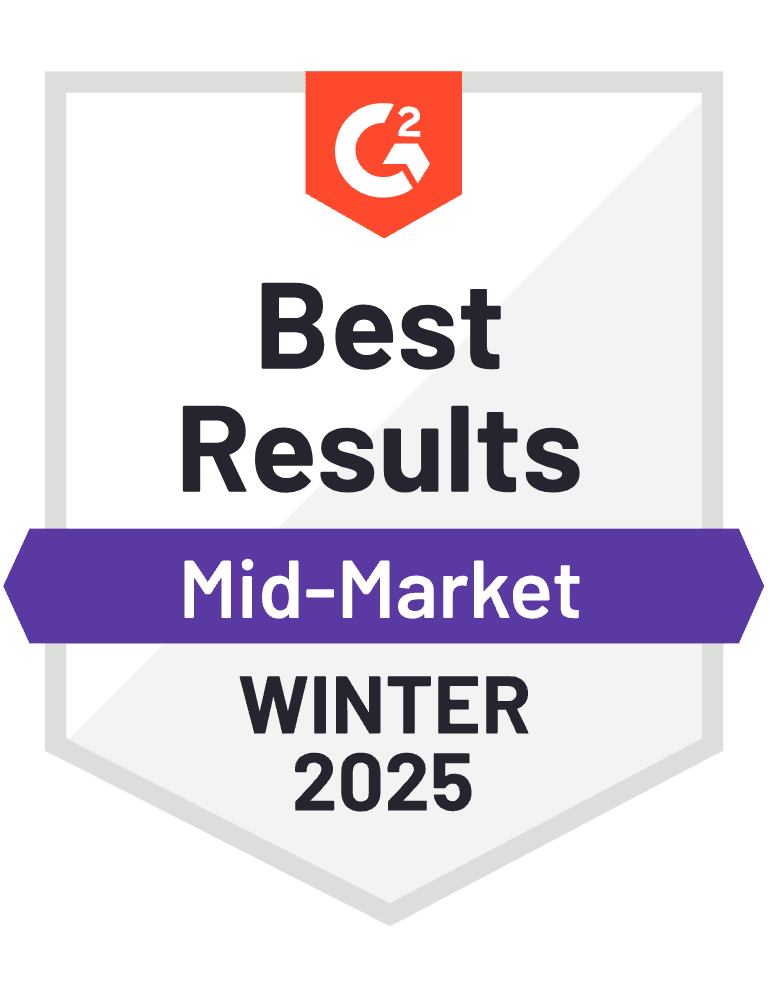Asset Management Systems Explained: Key Elements to Consider

Whether you’re a small business owner, a financial professional, or a leading industry executive, effectively managing your assets is crucial to your success.
The asset management system market is projected to grow from USD 16.8 billion in 2020 to USD 27.4 billion by 2025 according to a research.
To safeguard your data from these threats, it’s essential to have an asset management system in place. This system should protect sensitive information, efficiently track assets, and provide robust digital security.
Our guide below highlights six key factors to consider when selecting an asset management system.
Key Takeaways from This Article:
- Understand what an asset management system is and how it helps optimize resource usage and track assets effectively.
- Learn about the six critical features to focus on when choosing an asset management system to ensure you achieve maximum efficiency and effectiveness.
- Key considerations for selecting an asset management system include asset lifecycle management, preventive and predictive maintenance, mobile accessibility, software integration, analytics and reporting, and cloud-based solutions.
- Recognize the importance of customization options to tailor the asset management system to your organization’s specific needs and workflows.
- Apps365 offers a reliable solution for improving fixed asset management with its robust and user-friendly system, which simplifies recording, tracking, and compliance.
Exploring Asset Management Systems: Definition and Purpose
An asset management system involves the management and organization of both physical assets, such as machinery and vehicles, and digital assets, including software and files. It integrates with business infrastructure to facilitate efficient data management and enhance security across various platforms. Transitioning from simple spreadsheets to sophisticated cloud-based solutions, these systems provide effective tracking, compliance, and safeguarding of valuable assets in today’s fast-paced business environment.
How Asset Management Operates
An asset management system encompasses a thorough workflow that spans from acquisition to disposal, including procurement, usage, maintenance, and retirement stages. Physical assets are monitored with tags like barcodes or RFID, while software assets are tracked using digital identifiers such as license keys.
By integrating with enterprise systems like ERP and CRM, businesses can ensure a smooth flow of data across departments, improving oversight and operational efficiency. This combination allows organizations to optimize resource allocation, maintain compliance, and extend the lifespan and value of their assets throughout their lifecycle.
Why Asset Management Is Essential
A robust asset management system enhances the utilization and value of assets, leading to improved organizational efficiency and increased returns on investment. It reduces risks by ensuring asset health and compliance with regulations, thereby preventing operational disruptions and legal consequences.
Furthermore, these systems generate valuable insights that support data-driven decision-making, enhancing forecasting and strategic planning. This enables organizations to make informed choices regarding asset maintenance, purchases, and allocation, ensuring alignment with business objectives and long-term financial strategies.
On the other hand, neglecting asset management can result in significant risks. Financial losses may arise from underused assets or unforeseen maintenance expenses. Insufficient oversight can hinder productivity and potentially lead to regulatory non-compliance, resulting in penalties. Additionally, inadequate management can expose assets to security vulnerabilities; for example, outdated software is particularly susceptible to cyber threats.
What Is Asset Management Software All About?
Asset management software is a digital tool designed to enhance the organization, tracking, and optimization of valuable assets within a company or organization.
This innovative solution transforms the way businesses manage their physical, digital, and financial resources by providing a centralized platform for efficient inventory management, maintenance planning, cost evaluation, and more.
By leveraging advanced analytics and real-time data, asset management software enables companies to make well-informed decisions, optimize resource use, and ultimately foster growth and profitability.
The Advantages of Asset Management Software
Using asset management software provides a range of benefits that are essential for effective resource management and organizational success.
- Improved Accuracy: Centralizing asset information minimizes errors linked to manual tracking, ensuring the accuracy and reliability of data.
- Real-Time Monitoring: Immediate visibility into the location, status, and usage of assets supports proactive decision-making and resource optimization.
- Automated Maintenance Notifications: An efficient maintenance process with automated reminders for regular upkeep tasks reduces downtime risks and enhances the longevity of assets.
- Customizable Analytics and Reporting: Detailed insights from customizable reporting and analytics features enable stakeholders to spot trends and make well-informed strategic choices.
- Integration Features: Integrating with other business systems improves workflow efficiency and data integrity by removing redundant tasks and ensuring smooth information exchange across departments.
Essential Features to Assess in an Asset Management System
Our list below highlights the key features necessary for effective asset tracking, security, and integration tailored to your organization’s requirements.
- Asset Lifecycle Management
The best asset management software should effectively manage an asset’s entire lifecycle, from acquisition to disposal. This feature enables you to monitor the history, usage, maintenance, and performance of your assets, ensuring optimal use and timely replacement or disposal when necessary. - Preventive and Predictive Maintenance
Features for preventive and predictive maintenance allow you to schedule routine upkeep tasks to keep your assets in optimal condition. Additionally, these capabilities can analyse historical data to foresee potential problems and recommend actions to avert asset failures, ultimately decreasing downtime and repair expenses. - Mobile Accessibility and Software Integration
An effective asset management solution should have a mobile-friendly interface, enabling users to access and use the software across various devices, including desktops, laptops, and tablets. It should also integrate smoothly with other systems and software used by your organization, enhancing overall productivity and efficiency. - Analytics and Reporting
The software should offer robust analytics and reporting tools that allow you to track asset performance, spot trends, and make data-driven decisions to enhance your asset management strategy. Customizable dashboards and reports provide a comprehensive view of your assets’ health and performance, empowering you to take necessary actions when needed. - Cloud-Based Technology
Choosing cloud-based asset management software presents several advantages, such as automatic updates, reduced reliance on IT teams for setup and maintenance, and improved data security. Cloud solutions are typically more cost-effective, as they minimize the need for costly hardware and server infrastructure.
Remember, selecting asset management software with these crucial features can greatly enhance your business operations, streamline processes, and ensure secure access to your digital assets, leading to increased efficiency and productivity.
Also read: Mastering SharePoint Asset Management: A Step-by-Step Guide for Businesses
10 Best asset Management software for 2024
Apps365
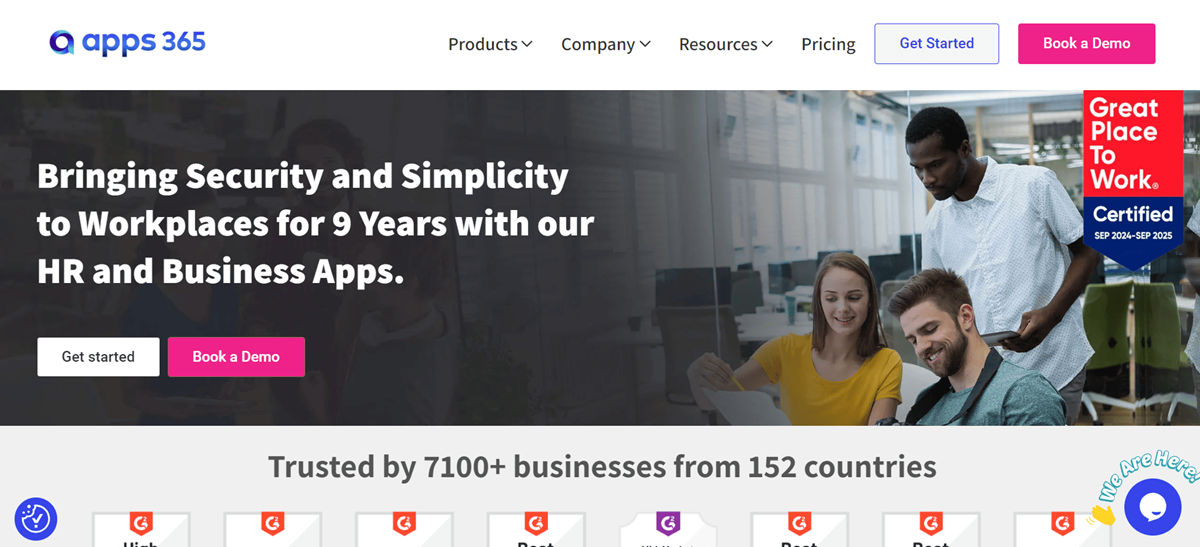
Transform Your Business with apps365: The Power of Next-Gen Asset Management Software
Apps365 is a leading SaaS provider offering innovative business solutions that streamline operations and boost productivity. With a focus on user-friendly interfaces, seamless integration with Microsoft platforms, and robust performance, Apps365 stands out for its efficiency and scalability, making it a trusted partner for businesses seeking digital transformation.
Features
- Set up your attributes and record comprehensive data about your software assets.
- Utilize the discovery and scanning feature to synchronize asset information from Microsoft Intune, creating a centralized data hub.
- Develop and automate workflows for the asset lifecycle to manage updates, reduce risks, and control costs effectively.
- View complete relationships among assets, users, vendors, locations, requests, and incidents.
- Analyse performance data of your assets and generate reports to monitor licenses, usage rights, devices, procurement, and more, helping you identify issues and make informed purchasing decisions.
Link assets to incidents and send notifications to administrators for quick response.
Google's Cloud Asset Inventory

Google’s Cloud Asset Inventory enables users to discover, analyse, and monitor assets from a single platform. It offers clear visibility into asset policies, which are crucial for IT operations, fleet management, security analysis, governance, and auditing.
Monitor assets across both Google Cloud and Anthos, with access to a 35-day history of various assets using the Cloud Asset API.
Identify assets, perform inventory analysis, and conduct compliance checks within Google Cloud and Anthos environments.
Pulseway
_PBw7rKlPV.png?updatedAt=1727353443405)
Pulse way is a robust and flexible asset management software platform that provides excellent control and customization for businesses aiming to improve their asset management processes. Its wide range of features, coupled with an intuitive interface and scalability, makes it an invaluable tool for organizations looking to reduce downtime and enhance productivity.
Features
- Remote asset management to monitor and control IT systems and assets from any device, anywhere.
- Real-time notifications and alerts for crucial IT incidents, such as system outages or security breaches.
- Automation of routine IT tasks, including software updates and patch management.
- Server management and monitoring to track server uptime and performance from any location.
ServiceNow
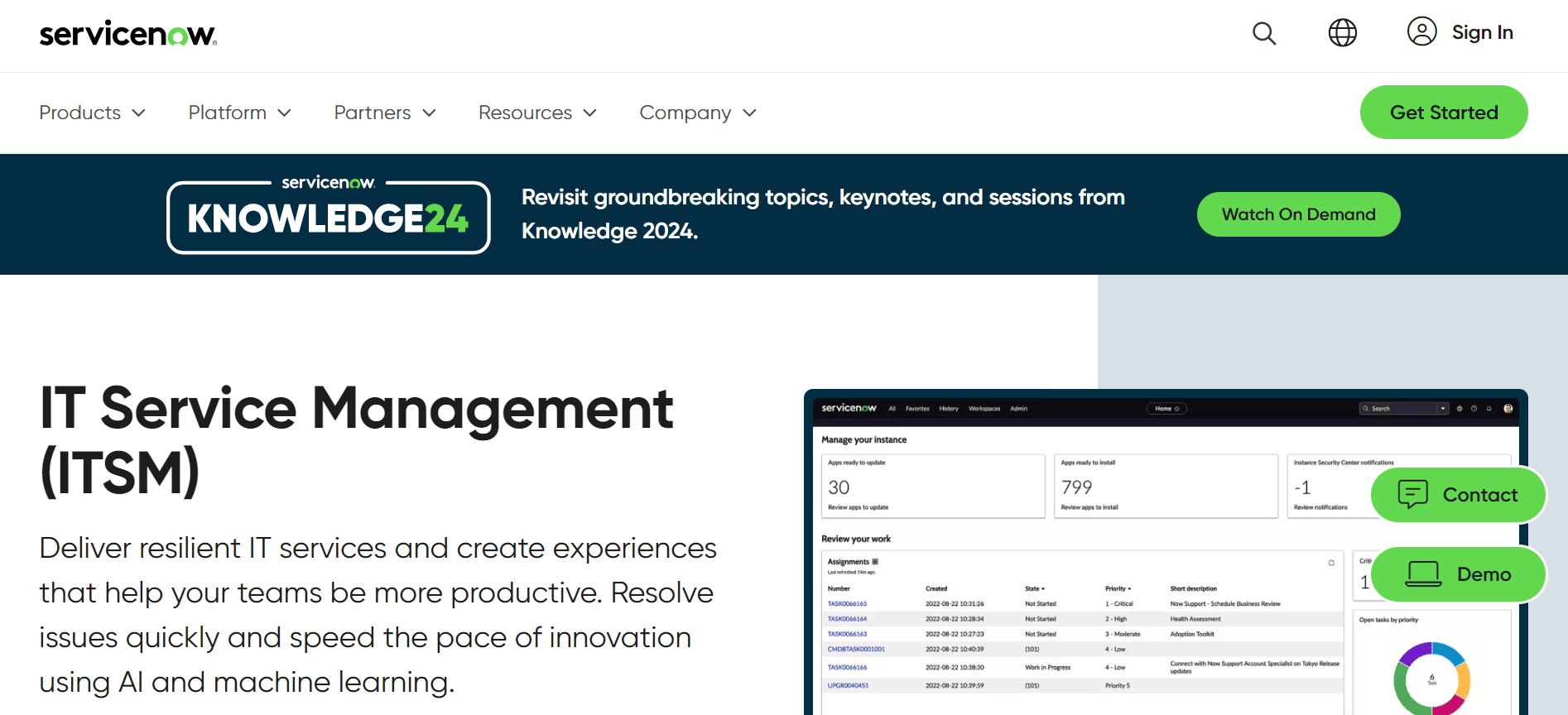
ServiceNow’s software asset management tool provides a centralized platform to manage and reduce costs and risks. It automates software lifecycle management, monitors licenses, and ensures compliance by efficiently handling license tracking.
Features
- Automate the process of assigning software assets to new employees.
- Use the software asset workspace to view recommended alerts, tasks, and actionable insights.
- Track and control software expenses and usage through the SaaS overview dashboard.
Amazon Web Services
_qaWxea1q_.png?updatedAt=1727353444007)
Amazon Web Services (AWS) cloud platform features a license manager to help manage and reduce software licensing expenses. The tool enables the optimization of licenses across both on-premise and cloud environments, while also providing control over usage limits, tracking, and reporting.
Features
- Automate the discovery, tracking, and reporting of licenses while easily switching between different license types based on your requirements.
- Simplify the bring-your-own-license (BYOL) process by managing multiple Dedicated Hosts as a unified entity, enabling automated allocation, release, and recovery.
- Streamline software activation and the distribution of entitlements across AWS accounts through automation.
Ivanti
_-vChqy1WC.png?updatedAt=1727353443448)
Ivanti Neurons for IT Asset Management combines all your asset data into a single view, simplifying the tracking, configuration, optimization, and strategic management of your assets throughout their entire lifecycle.
Features
- Lifecycle Tracking: Monitor assets throughout their entire lifecycle, from procurement and purchase orders to invoicing, receipt, deployment, and eventual disposal.
- Cloud-Based Solution: Utilize Ivanti’s multi-tenant technology platform, which is hosted in the cloud for optimal accessibility and performance.
- Visibility into Contracts and Costs: Gain insights into IT spending through detailed reporting, allowing you to track asset age and value effectively.
- Comprehensive Asset Repository: Maintain accurate records of key asset information, including lifecycle status, inventory levels, locations, and warranty details.
- Product Catalog: Access a catalogue that offers visibility into purchased and assigned assets, current stock levels, and active orders, enhancing asset management efficiency.
Freshworks
_SOKzXvnhuR.png?updatedAt=1727353443611)
Freshworks modern management tool is designed to enhance your IT infrastructure and improve operational efficiency within your organization. It features a robust multi-source Configuration Management Database (CMDB) that consolidates all hardware, software, and SaaS assets through advanced discovery solutions and real-time connectors.
Features
- Asset Lifecycle Management: Oversee your assets from acquisition to retirement within a single, integrated solution.
- Automated Discovery: Identify your hardware, software, and SaaS assets across both cloud and on-premises environments.
- Software Asset Management: Monitor and manage the software applications utilized within your organization.
- Purchase Order Management: Track purchases, manage vendor relationships, and handle approval processes efficiently.
Certero
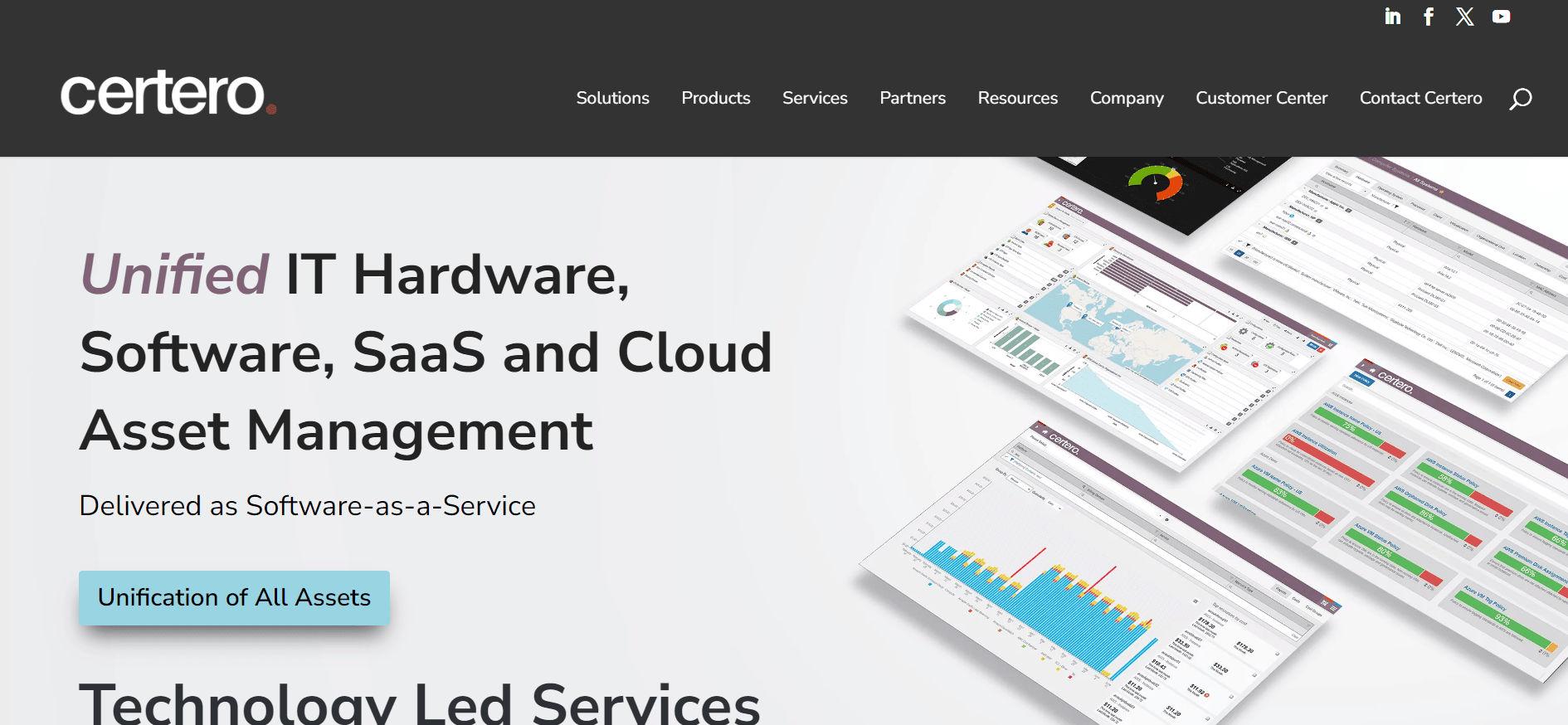
Certero is a robust software asset management solution designed for enterprise-scale applications. It tackles licensing challenges and helps manage technology consumption patterns. With its inventory and licensing features, the tool optimizes software usage and licensing positions for major publishers.
Features
- Automate License Management: Streamline the process of uploading license agreements, vendor entitlements, and calculations for Effective License Position (ELP).
- Implement Access Control Policies: Develop and enforce detailed access control policies to mitigate security and compliance risks.
- Utilize Software Recognition Database: Identify applications and databases from major software vendors using the Software Recognition Database.
Flexera
_JziwCg-g-.png?updatedAt=1727353443757)
Flexera’s software management solution assists in understanding product licensing based on availability, clusters, and cores. It automates the calculation of Effective License Position (ELP) for IT assets, including software from key vendors such as IBM, Microsoft, and Salesforce.
Features
- Automate ELP Calculations: Leverage Flexera One’s comprehensive entitlement library to automate Effective License Position (ELP) assessments, which include product usage rights, license types, and relevant metrics.
- Enhance Vendor Relationships: Utilize the license management tool to optimize relationships and manage contracts with key vendors effectively.
- Integrate Procurement with Business Systems: Connect procurement activities with IT Service Management (ITSM), IT Financial Management (ITFM), and other business systems to facilitate the exchange of technology insights.
Matrix42
_QzLbmsrsi.png?updatedAt=1727353592726)
Matrix42’s software asset management solution provides clear visibility into software licenses, enabling IT teams to reduce costs and mitigate compliance risks. The platform allows you to manage and oversee software assets within a centralized IT asset database.
Features
- Identify Unauthorized Applications: Detect unapproved apps and minimize audits through automated license recording and management.
- Monitor Cloud Spending: Track expenditures across various cloud services and validate costs and budgets using cloud cost management tools.
- Manage IT Assets Throughout Their Lifecycles: Oversee IT assets with a centralized inventory and automated scans to keep databases updated.
Transform Your Business with apps365: The Power of Next-Gen Asset Management Software
It’s evident that modern asset management software has transformed how businesses manage and monitor their assets. This technology serves as a vital tool for optimizing utilization, tracking fixed assets, and ensuring they remain in excellent condition—ultimately boosting efficiency, lowering costs, and improving decision-making processes.
Whether you represent a small business seeking better resource management or a large corporation aiming to enhance the return on investment for your extensive asset portfolio, investing in a reliable asset management software solution is essential.
If you’re in search of dependable fixed asset tracking software for your organization, schedule a demo to discover how the Apps365 platform can serve as the ideal asset management solution for your business.







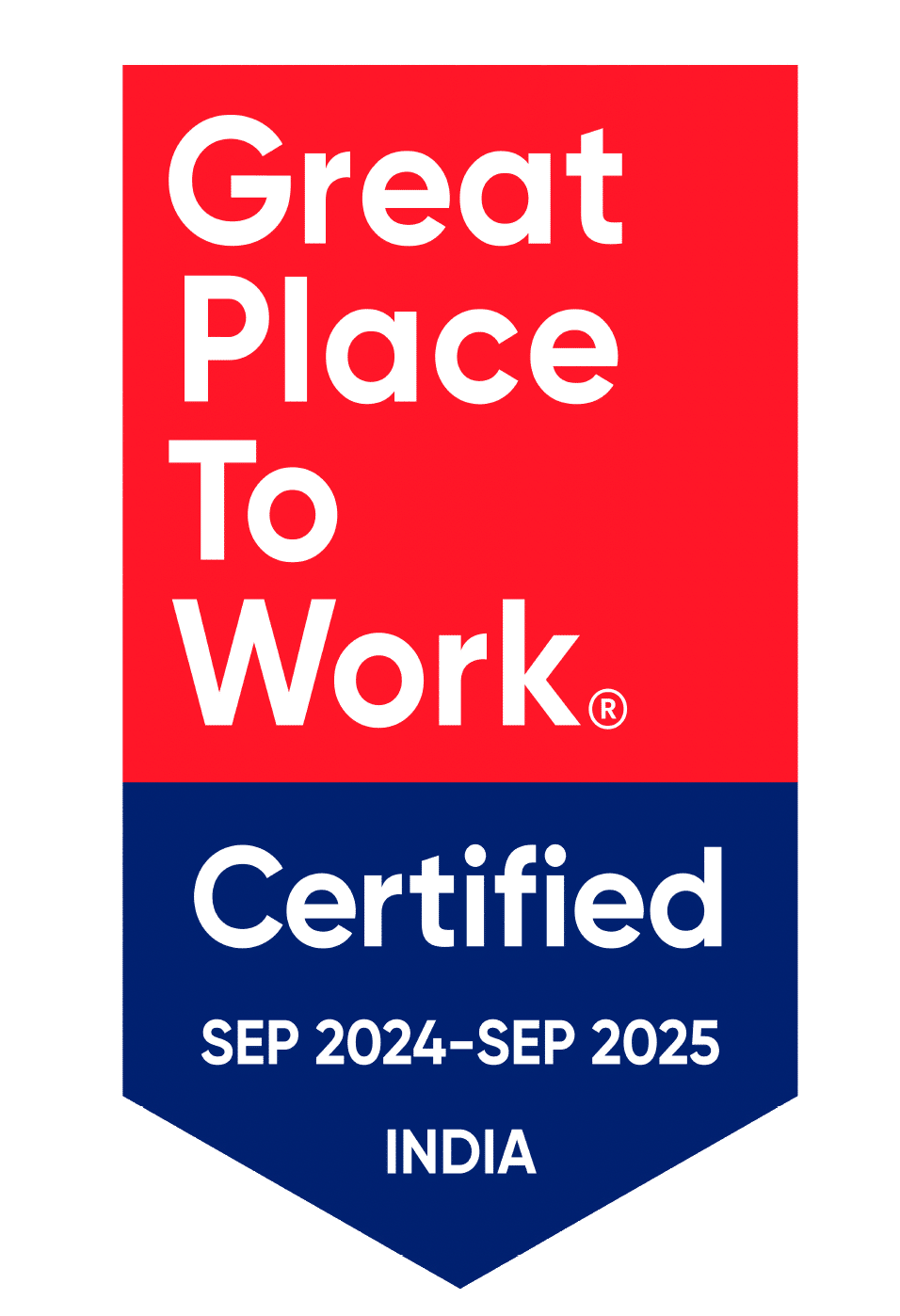
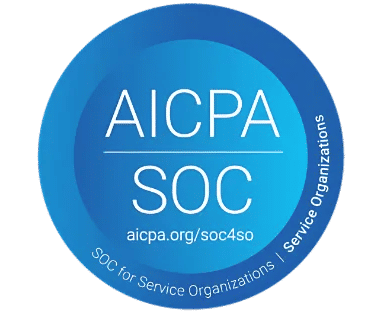
_svxLrd-8yH.png)
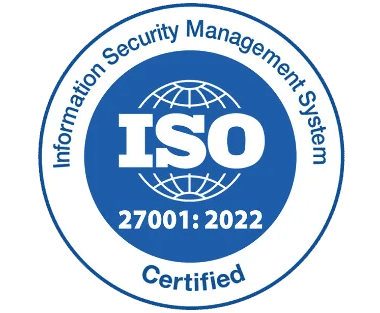
_2VYSFUTN5m.png)

_JiluXJRGNl.svg)

_2djTKNocf.png)
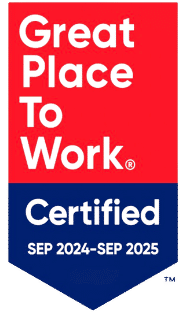




_Rapo0hRMBy.png)


